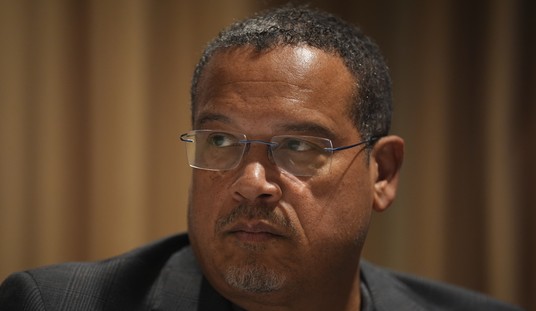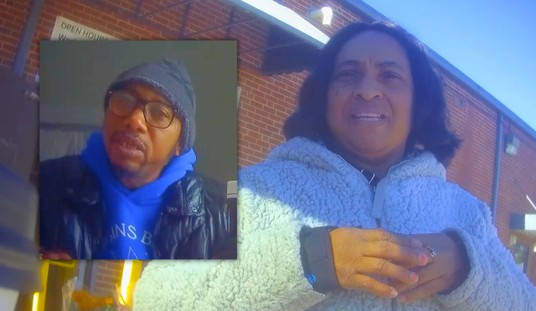He’s not the only one asking this question, either. People who reject polling data — which certainly can be problematic — have wondered the same thing. Donald Trump gets tens of thousands of people to attend his rallies, while Hillary Clinton appears to struggle to fill smaller venues. Shouldn’t that indicate that Trump’s dominating the presidential race, and if not, doesn’t it indicate that polling is meaningless?
The correct answers to those questions are no and not necessarily. Trump appeared to acknowledge that even as he posed the question yesterday in Florida:
“We go to Oklahoma, we had 25,000 people. We had 21,000 people in Dallas. We had 35,000 people in Mobile, Alabama. We have these massive crowds,” the Republican nominee said. “You’ve got thousands of people outside trying to get in [today], and this is one hell of a big stadium.”
Trump then mocked the Democratic nominee’s use of scripted speeches, marveling at his own improvisational style even in large venues.
“Do you ever see Hillary Clinton? If she speaks in front of 24 people she’s got the teleprompter,” he jested. “If she came here tomorrow — so look at this place, packed, thousands outside, we actually put screens outside — so, Hillary, if she came here, if she had 500 people I’d be surprised.”
Trump then questioned how the attendance at his rallies hasn’t been reflected in the polls.
“I hear we’re leading Florida by a bit,” he said. “I don’t know why we’re not leading by a lot. Maybe crowds don’t make the difference.”
Paul Manafort made a similar argument in his interview with George Stephanopoulos this morning as evidence that the campaign was running as planned, It does have one subtle difference from Trump’s claim:
Look, last night he spoke in two events in Florida. One had 10,000 people, another 15,000 people and it’s August. I mean, these are crowds you see at the end of September, beginning of October so the support for Mr. Trump is there.
The problem with counting crowd size is that it’s not data as much as anecdotes. Romney drew tens of thousands to a rally in Hillsborough County, Florida in the last week of the campaign, and lost the key I-4 Corridor county by almost seven points and 36,000 votes. In the same time frame, Romney packed Red Rocks Canyon in Colorado and “turned [the] interstate into a parking lot,” as one Twitter follower recalled, only to lose the state days later by five points and 137,000 votes.
Big rallies in themselves have almost no predictive value to electoral results, and perhaps especially so when the campaign is almost entirely oriented to big rallies. As I discussed in my book Going Red, the Romney campaign relied heavily on national ad campaigns and rallies, and didn’t build an effective ground campaign to connect to voters in these key communities. Republicans lost two presidential elections with that strategy, one of which was winnable, so doubling down on the fallacy that big rally attendance augurs electoral success should make the GOP very, very nervous.
Manafort, it should be noted, is making a more precise argument and isn’t actually claiming to be winning. He’s using crowd sizes to note that Trump’s popularity doesn’t appear to be diminishing, and that might very well be true. However, general-election campaigns require major-party candidates to expand their reach, not just keep attracting the same voters over and over again. That isn’t measured by crowd sizes, but (until Election Day at least) by polling, no matter how imperfectly that may happen. That’s the reason it pays to rely more on polling aggregation, too.
Finally, some point to polling in 2012 to say that the polls got it wrong and had Romney winning. The RealClearPolitics aggregation from 2012 (thanks to Tom Bevan for the link) shows that Obama led almost all the way through from Romney clinching the nomination in mid-April to Election Day:
The aggregation undershot Obama’s eventual margin of victory, but the trend stayed consistent even if the gap narrowed in the final four weeks. It’s worth noting, though, that the worst of the summer gaps also took place in August as it has now, when Obama led Romney by 4.4 points in the RCP average. There’s still plenty of time in this campaign, but relying on big rallies and self-deception over their meaning will end up producing the same result.








Join the conversation as a VIP Member